With the continuous improvement of PC VR headlines and the launch of wireless VR devices, VR-based all-in-one machines are facing a very embarrassing situation. We boldly predict that in 2017, VR-one will launch the all-in-one market.
Before making predictions, we must go through the history of the birth of the VR all-in-one. Beginning with Oculus on the day of crowdfunding, consumer VR products have gradually begun to enter public view.
But the VR product that the average consumer first learned was not Oculus, but Cardboard launched by Google.
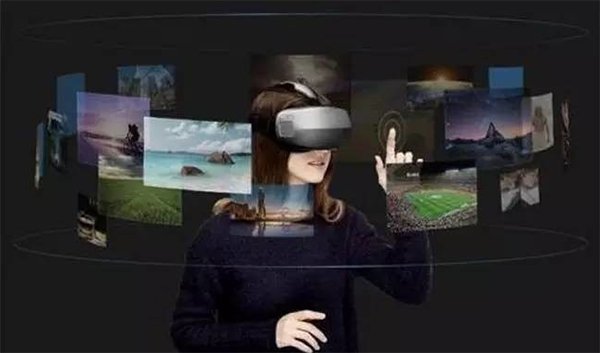
VR machine
For consumers, the products in the early stages of VR are too expensive and there is no content to support them. Some people do not even know what VR is.
The emergence of the Cardboard solves this problem very well: it is so cheap that anyone can afford it, even a McDonald's will come with a gift.
Those who know a little bit about VR know that: Oculus Rift and HTC Vive have been shipped one after another. Vive has been well received by the experience users because of its Room-Scale tracking technology.
While Oculus was officially shipped, due to supply chain issues, it caused it to continuously skip tickets, but Oculus partnered with Samsung to create the Gear VR.
Gear VR is arguably the world's first mobile VR device. Like the Cardboard, the Gear VR also needs to be used with a mobile phone. It is only compatible with Samsung Galaxy series flagship phones.
Compared to Cardboard, it needs fewer models to adapt to, and the external sensor, its experience is much better than Cardboard.
At the same time, its cost is lower than the high-performance PCs required by Oculus Rif or HTC Vive. This gives new ideas to domestic manufacturers: VR one machine.
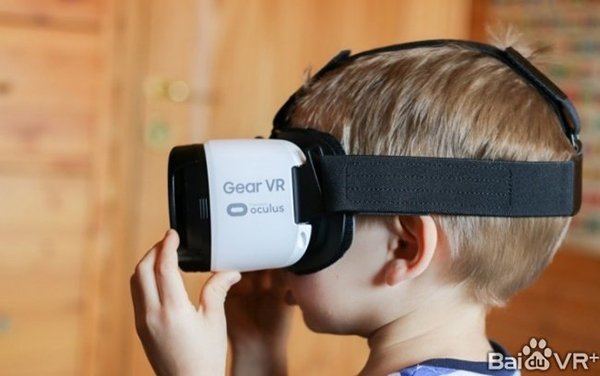
Gear VR
The VR all-in-one, from the screen to the device, is custom-made, and the difficulty of optimization and adaptation is reduced a lot.
So last year, numerous companies that started with the Cardboard glasses box borrowed the idea of ​​Gear V and made a VR all-in-one.
Among them are some of the key parameters of the VR-one, such as the FOV (Field of View), SoC, and so on, which are exactly the same as the Gear VR Galaxy S series.
At the same time, due to the components used in the VR integrated machine, such as SoC, IMU (Inertial Measurement Unit), screens, etc., manufacturers can be found on the mobile phone supply chain.
Therefore, some white-label manufacturers in Shenzhen rely on their own advantages in the supply chain to join them.
The prosperity of the VR hardware industry has also attracted other non-VR industry players.
However, in the past year, the enthusiasm of the capital market for VR has gradually cooled down from the initial fever.
In May last year, the China Securities Regulatory Commission suspended the increase in the number of listed companies, involving the four industries of Internet finance, games, film and television, and VR.
For example, a steel company can not invest in the above four industries through fixed increase purchases or raised funds. At the same time, the merger, reorganization, and refinancing of these four industries were also halted.
In June, the China Securities Regulatory Commission once again issued a report that it will focus on the verification of mergers and acquisitions of popular virtual economy such as film and television and VR.
Soon, the China Securities Regulatory Commission initiated an investigation to conduct spot checks on listed companies that have completed mergers and acquisitions but have not fulfilled their performance commitments.
Among them, projects such as VR that enable listed companies to carry out high-margin mergers and acquisitions and reorganization are focused on inspections.
Although the China Securities Regulatory Commission did not block the full potential of listed companies investing in VR, it was only the companies that had cross-border behaviors. Those companies that did not cross the border (such as film and television companies) could still invest in VR.
However, it is undeniable that this series of measures of the Securities Regulatory Commission has indeed affected the investment behavior of listed companies that were in an irrational madness last year.
A large number of companies are either forced to withdraw or begin to be cautious about investing in VR startups.
The popularity of the VR industry has been greatly reduced compared to the peak period, especially in terms of hardware. Now we have hardly seen a new VR startup company die in hardware.
What is missing in the VR industry is content, and many companies have already joined VR hardware.
Then, in 2017, what changes will the VR industry experience? Are there still hidden opportunities in the VR industry?
VR machine crisis
As mentioned at the beginning of the article, the VR all-in-one was inspired by Gear VR.
Compared with Gear VR, the advantage of the all-in-one is that it is less difficult to adapt, and at the same time, it can further reduce the size and weight of the VR all-in-one device by customizing various parts.
Another advantage of the VR all-in-one is that all VR all-in-ones on the market today are based on customized Android operating systems.
Because they do not need to have communication capabilities, the VR all-in-one can optimize latency and power consumption from the system level.
Our interviews with a number of industry insiders all stated that the biggest advantage of the VR all-in-one is its “wireless†feature.
The birdie who looked at Pico said that in the future, it could add a SIM card chip to the VR all-in-one, so that users can enjoy HD VR content wherever they go.
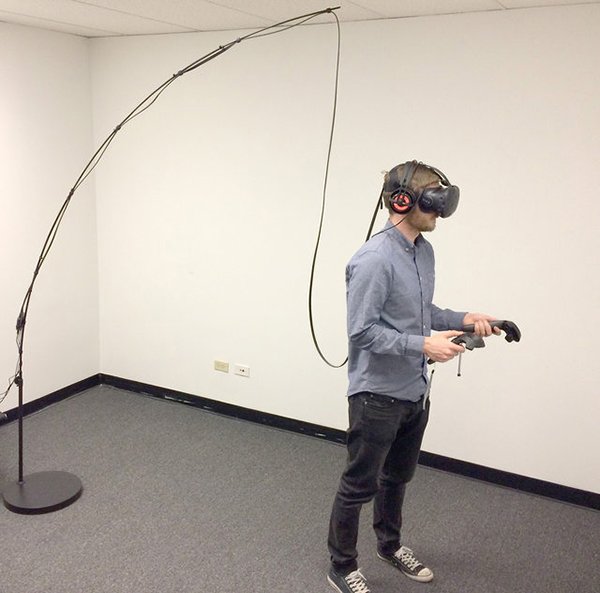
Vive dragging a long tail
However, the advantages of VR all-in-ones are relative. Currently, the biggest problem with even the best VR device HTC Vive is that users need to drag long, heavy cables.
The weight of the Vive helmet itself is already very impressive, plus the cable, wearing comfort has been reduced.
Second, when users experience VR, they are occasionally picked up by these transmission lines and instantly pulled back from the virtual world to the real world.
There is already a TPCast device that can wirelessize HTC Vive.
Its appearance means that HTC Vive has been able to cut the line that affects the Vive experience, and Vive can also become a "wireless device." Compared to other VR devices.
The PC-driven VR has a better picture quality experience. After “cutting†the data cable, it has a more obvious advantage than the VR one.
This technology is slowly developing and it is believed that it will be able to be used in other VR headlines in the near future.
Obviously, VR all-in-one will lose its biggest advantage “wirelessâ€. Does this mean that VR-one will lose its market?
It is not that new opportunities are often associated with the crisis: One machine may gradually fade out of the consumer market, but it will become more prosperous in another 2B market.
After all, the supply chain of VR all-in-one is the same as that of mobile phones, and the degree of customization is high. The all-in-one machine can only be used on the B side to make customized devices such as the education industry, the medical industry, and exhibitions.

VR education
The reporter once interviewed the Product Manager of VR VR about the "impact of the Daydream platform on the all-in-one machine." Yidao Group, which is backed by Yijing VR, is a manufacturer of large-format "shanzhai tablet" in Shenzhen.
He said: "Our market positioning is not an ordinary consumer, but the use of ODM approach - we are facing the main customers or some businesses, such as education, these customers will have some customized requirements.
By taking advantage of the industrial chain integration capabilities we have accumulated in Shenzhen, we will carry out development and commissioning based on the requirements put forward by these customers. â€
In fact, some entrepreneurial teams have already embarked on this path. In the domestic VR exhibition, reporters found that they combined "eye protection" and "education" with VR.
SeeX Study VR is a device that adjusts the muscles of the eye by changing the distance between the images displayed in the VR using the “ciliary muscle potential training methodâ€.
Regardless of how this device is done, at least some companies have begun to try in the field of custom VR.
VR is not lack of display, lack of peripherals
In the PC era, we are accustomed to using the mouse and keyboard to control the computer. In the era of mobile Internet, we are accustomed to using our fingers to touch the screen of the mobile phone.
And when we face a new kind of device, VR, what do we use to operate, or what to talk about with the virtual world?
The early choice for Oculus was the Xbox gamepad, because Palmer earlier defined his device as "Advanced Video Game Device."
However, the rules of VR are very different from the 3D games we usually experience. The immersive feeling brought by VR devices is too strong.
So that we will instinctively reach out and touch, but at the beginning there was no X use. After all, we are still exploring the virtual space with gamepads.
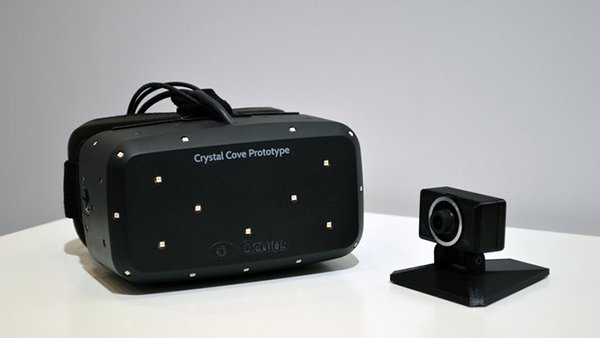
The first version of Oculus does not have a controller
At this time, the HTC Vive Lighthouse positioning system and two controllers conquered all experience.
Although it is also a controller, the Vive controller allows the user to hold the handle, touch it intuitively, grab it, and even pull a bow and shoot.
To compensate for this gap, Oculus later released the Oculus Touch controller. In all kinds of exhibitions last year, VR never missed.
At the same time, there are some weird peripherals in almost all VR booths, such as the Virtix Omni treadmill on CES, and a gun-shaped peripheral used with the Sony PSVR on the E3.
In the middle of this year, Valve announced the opening of the Lighthouse tracking system third-party device interface, which means that.
Other VR peripherals also have access to the Lighthouse location system and are compatible with HTC Vive helmets.
At present, the interaction of VR is pursuing simple and intuitive, imitating the actions in the real world, among which gesture tracking is a popular direction.
However, this direction is divided into two directions: whether it is bare hand or not. The naked hand means that the user does not need to hold or wear any device on the hand, and computer vision is used to identify the gesture intention of the user.
Undoubtedly, a naked hand means convenience, and the absence of any sensor on the hand means freedom, but there are problems in its accuracy.
At present, CV technology is not ideal for identifying accuracy and delay. The other group wants to hold the handle in their hands or wear gloves, wristbands, and other devices to rely on sensors to recognize gestures.
For example, NoiTeng released new products at CES 2017. Their Hi5 VR gloves are equipped with IMU sensors at each fingertip of the glove.
Hi5 not only captures complete hand movements, but also presents fine and accurate five-finger movements in a VR environment.
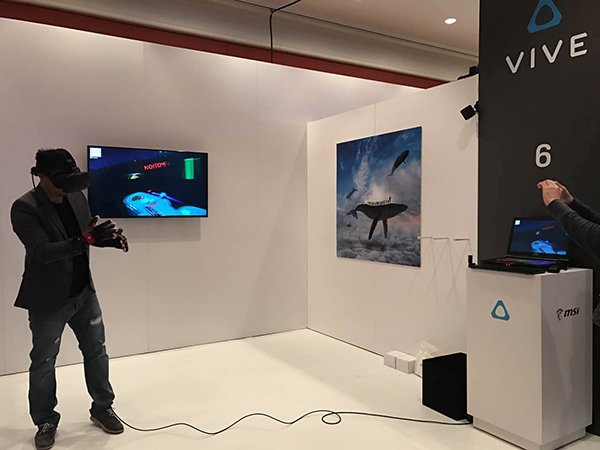
Dai Ruoli demonstrates Hi5 gloves on CES
The above-mentioned devices are basically designed for PC-driven VR. On mobile VR devices, this aspect is a blue ocean.
When the reporter interviewed Ximmerse’s founder, He Jin, in the past, he said: “The most exciting thing about this area is that there are no set rules yet, if we can make it.
Then we are very likely to become rule makers. "Ximmerse is a start-up company that interacts with mobile VR devices. At present, they have come up with a device similar to the "tracking wand" type on PSVR.
At CES 2017, there was also a NOLO, a location tracking device for Cardboard and Gear VR.
With the addition of NOLO's mobile VR device, you can experience games on SteamVR just like HTC Vive.
NOLO Experience Video
Now that PC-driven VR devices have begun to mature, the next step is to gradually improve the flaws.
For example, further increase the resolution of the device, reduce the delay and reduce the weight of the device, and enhance the wear experience.
However, the VR peripherals have only just started, and the interactive mode is gradually forming. At present, all teams and manufacturers are exploring suitable interaction methods.
During this period we will inevitably encounter some weird peripherals, which also just shows the opportunities. Compared to Oculus Rift and HTC Vive.
Cardboard and Gear VR devices have a higher market share, and in the coming year, more and more mobile VR device peripherals may emerge.
In fact, VR content is also the biggest opportunity in the VR industry, but this opportunity has existed from the birth of VR devices until now, and its window period is very long.
In contrast, at present, VR devices have not become a device for every human hand, just like current smart phones.
There is still some way to go on hardware. 2017 will be a year for VR hardware to “fill in gapsâ€.
After perfecting the shortcomings of VR hardware, it will become a new platform. Just like the current Internet, more companies will cross the border.
Of course, this is only a prediction, VR one opportunity will not launch the market is not what we say, there are many factors that affect, but can be sure that VR interactive peripherals will certainly fire.
Thick VGA to VGA monitor cable connects PC or laptop to projector, SVGA monitor and other display system with 15 pin VGA port
50 ft extra long VGA cable extends your operating distance and makes devices' movement conveniently (15 meters)
Heavy duty VGA display cord is well built with Al-foil shielded layer and dual ferrite beads to protect against EMI and RFI interference for high quality video signal transmission
Nickel plated connectors (male to male interface) and copper conductors enhance this sturdy cable performance (resolution up to Full HD 1080p - 1920 x 1080)
Black computer monitor VGA cable for desktop with thumbscrews to make plugging and unplugging a breeze while ensure easy secure connections.
Projector Cable,Projector Cord,Projector Wire,Projector To Laptop Cable
UCOAX , https://www.jsucoax.com
